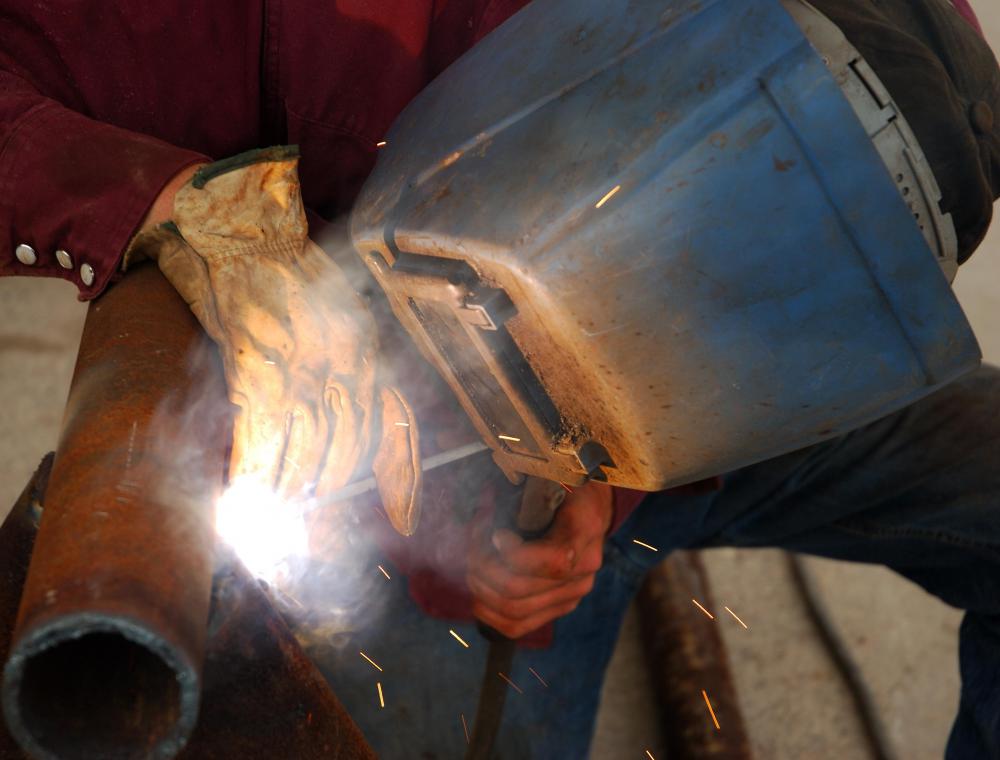At WiseGEEK, we're committed to delivering accurate, trustworthy information. Our expert-authored content is rigorously fact-checked and sourced from credible authorities. Discover how we uphold the highest standards in providing you with reliable knowledge.
How Do I Choose the Best TIG Welder?
A tungsten inert gas (TIG) welder is popular among welders who are looking for a controlled welder that is versatile and powerful. Choosing the best TIG welder depends on several preferences, along with the type of metal to be welded and its thickness. The common preferences are the control mechanism and whether the welder wants a rectifier or inverter. Different gases are used in TIG welders, so the welder will need to be aware of which gas is best for which metal.
Rectifiers and inverters are the two overarching TIG welding categories. When it comes to choosing the best TIG welder based on price, a rectifier will be better initially. This is because rectifiers are cheaper, but they need a lot of power to work, because heat is generated through a coil. Inverters make the heat through circuitry, and although they cost more at first, operating costs will be much lower.

Most welders have a metal of preference or a metal with which they work most often. The best TIG welder will use the proper gas for the metal of choice. Helium is the gas of choice for copper and stainless steel, and a helium-and-argon combination is suited for aluminum or any alloys that are primarily based on aluminum. Argon works best with titanium and steel. The gas is stored in the head, so the TIG head can be swapped out with a new one, but getting the right head initially allows the welder to work immediately.

Just like all welders, a TIG welder operates with heat. The amount of heat — and energy — that a TIG welder can produce will allow it to work on thicker metals in a shorter amount of time. If thin metals are used, such as three-sixteenths of an inch (0.47 cm), then a low-voltage unit, about 120- to 230-volt, will be the best TIG welder. If thicker metals, such as those 1 inch (2.54 cm) thick, are welded, then a 575-volt welder will be required. Low-powered TIG welders can work on thicker metals, but they will need to pass the metal several times to be effective.

All TIG welders have a control mechanism that allows the operator to reduce or increase the heat. The three different controls are hand, foot, and welder. A hand control is the best TIG welder for out-of-position welding, foot welding is suited for bench welding, and welder control is not directly suited for any type welding work. Making changes to the welder itself is considerably cheaper than other controls, but it reduces the precision of the TIG welder and can be dangerous for new users.
AS FEATURED ON:
AS FEATURED ON:













Discuss this Article
Post your comments